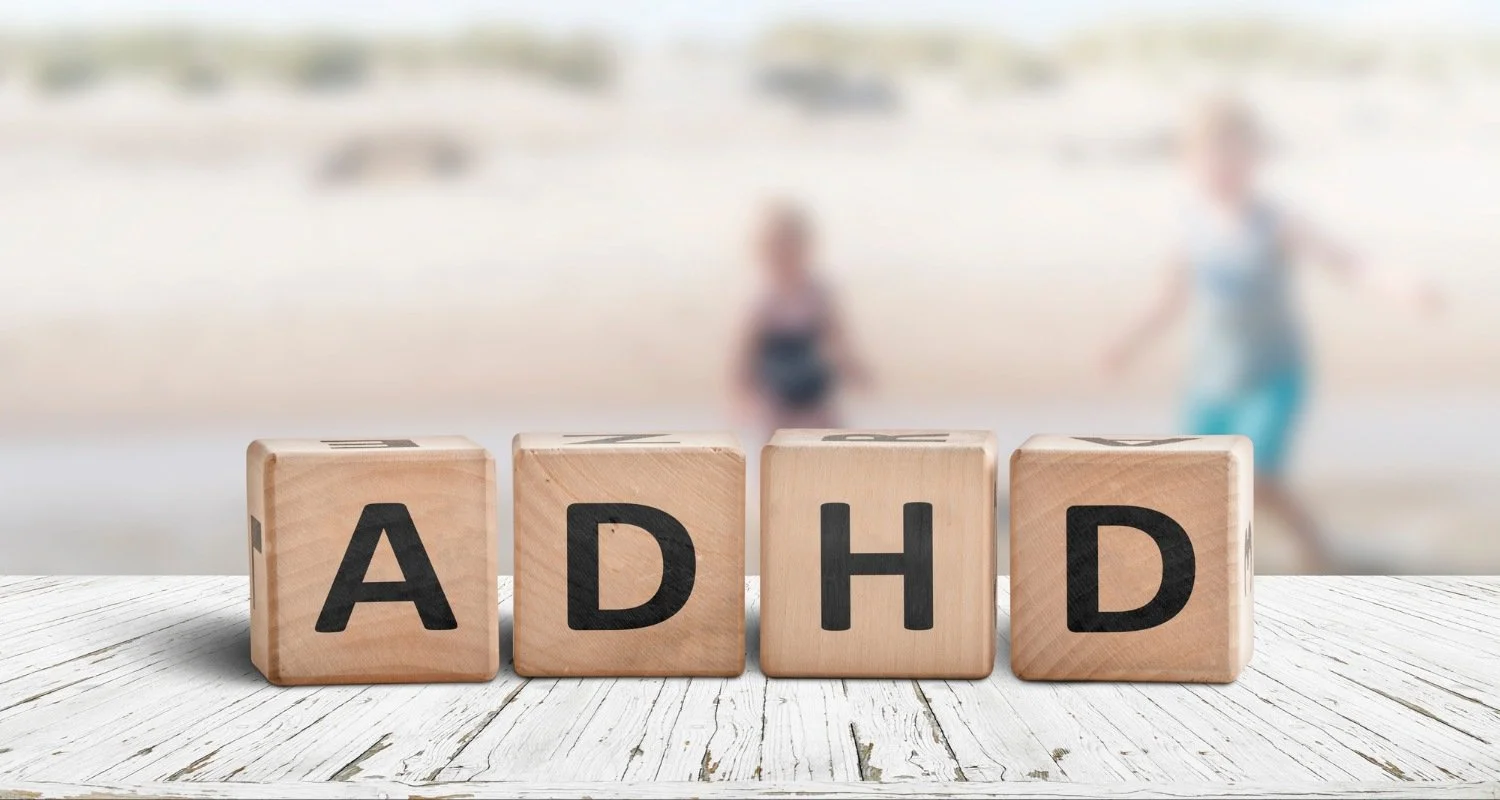How Is ADHD Testing Done for Children and Adults?
ADHD (Attention-Deficit/Hyperactivity Disorder) is one of the most common neurodevelopmental conditions, affecting both children and adults. Yet, the testing and diagnosis process can often feel confusing or overwhelming. Understanding what happens during ADHD testing can help ease anxiety and set realistic expectations for parents and adults seeking answers.
In this post, we’ll walk through each step of the ADHD testing process, explain how evaluations differ between children and adults, and highlight what you can expect from a professional ADHD assessment in Vancouver, WA.
Key Takeaways
ADHD testing in Vancouver, WA, involves several steps: history review, standardized assessments, collateral input, and feedback.
Both children and adults benefit from a structured, evidence-based evaluation.
Early identification supports stronger emotional, academic, and professional outcomes.
Seek a licensed provider experienced in ADHD and co-occurring conditions for the most accurate results.
Understanding ADHD Testing
ADHD evaluations aim to identify persistent patterns of inattention, hyperactivity, or impulsivity that interfere with daily functioning — while also ruling out other potential causes such as anxiety, depression, or learning differences.
A comprehensive evaluation typically combines:
Clinical interviews
Standardized assessments
Behavioral observations
Collateral information from home, school, or work settings
This integrative approach ensures that the diagnosis is accurate and individualized.
1. Initial Consultation and History Gathering
Every ADHD evaluation begins with an in-depth intake session to build a clear understanding of the client’s background and symptoms.
What this includes:
Clinical Interview: The clinician reviews developmental, academic, medical, and family history.
Symptom Review: Discussion of specific behaviors—such as distractibility, impulsivity, or difficulty sustaining attention—and how long they’ve been present.
Questionnaires: Parents, teachers, or adult clients complete standardized behavior checklists.
Medical Review: Since ADHD symptoms can overlap with medical or sleep issues, reviewing medical history is essential.
This phase ensures the clinician understands how symptoms appear across different settings (home, school, work), which is key to a valid diagnosis.
2. Neurocognitive and Executive Functioning Testing
Formal testing provides measurable data to support clinical impressions.
Common components:
Cognitive Assessments: Tools such as the WISC-V (for children) or WAIS-IV (for adults) assess working memory, processing speed, and cognition.
Continuous Performance Tests (CPT): Computer-based tests that measure sustained attention and impulsivity.
Behavioral Observation: Clinicians note restlessness, distractibility, or fatigue during testing.
Executive Functioning Tasks: Measures such as the D-KEFS and NEPSY-II assess skills like planning, organization, initiation, inhibition, and self-monitoring.
Together, these data points help distinguish ADHD from other learning or emotional conditions.
3. Collateral Input and Multi-Source Feedback
Because ADHD symptoms must appear in more than one setting, feedback from multiple sources strengthens diagnostic accuracy.
For children: Teachers and caregivers provide insight into academic focus, organization, and behavior at home and school.
For adults: Input from a partner, family member, or supervisor can clarify how attention and executive functioning challenges show up day-to-day.
This multi-source perspective aligns with the DSM-5-TR criteria for ADHD.
4. Screening for Co-Occurring Conditions
ADHD often occurs alongside other challenges. Comprehensive testing includes screening for:
Anxiety, mood, and trauma history
Learning disabilities, often explored through a learning disabilities evaluation in Vancouver, WA, for a deeper understanding of academic and cognitive functioning
Sleep disturbances or sensory processing issues
Autism spectrum features, if relevant
Identifying these factors ensures that the final report offers a clear, holistic understanding of strengths, vulnerabilities, and support needs.
5. Feedback Session and Next Steps
After the evaluation, the clinician meets with the client (and parents, for children) to review results and discuss next steps.
The feedback meeting includes:
Comprehensive Report: A clear explanation of findings, test results, and diagnostic conclusions.
Treatment Recommendations: May include therapy, skill training, coaching, or a referral for a medication consultation.
Psychoeducation: Understanding how ADHD affects daily life empowers clients to use strategies that truly work for them.
For many adults, this session brings a sense of relief and validation, offering long-awaited insight into lifelong struggles with focus or organization.
6. Ongoing Support and Care
An ADHD diagnosis is the start of a supportive journey. Treatment may include:
Neuroaffirming therapies including educational therapy, medication management, or mental health counseling to improve focus, organization, and emotional regulation
Parent coaching for creating effective routines and reducing stress at home
Therapy for children with anxiety and for adults looking to build executive functioning skills
Educational or workplace accommodations, such as IEPs, 504 plans, or productivity supports
When clinicians, families, and educators work together, clients experience consistent, meaningful progress.
FAQs About ADHD Testing
-
A: Most evaluations take several hours over one or two sessions, plus a follow-up feedback appointment.
-
A: Yes. Many adults discover ADHD later in life after noticing persistent attention or regulation challenges.
-
A: Coverage varies. Check with your insurance provider before scheduling.
-
A: Yes—trauma, sleep problems, anxiety, depression, or learning difficulties can look similar. A thorough evaluation clarifies the cause.
-
A: Next steps may include therapy, coaching, lifestyle strategies, or medical management tailored to individual needs.
Conclusion
Understanding how ADHD testing works can make the process far less daunting and far more empowering. It’s the first step toward clarity, confidence, and effective support, whether for a child navigating school challenges or an adult seeking balance in work and relationships.
At Wonder Tree Developmental Psychology, our compassionate team provides comprehensive ADHD and autism assessments in a supportive, strengths-based environment. We’re here to guide you every step of the way, from evaluation to personalized care plans that help you or your child thrive.
Ready to take the next step?
Book your ADHD testing consultation today and start building a clearer path forward for you or your loved one. Contact us today at +1360-364-3024.





